Make the Most of Your Barcode Printer by Knowing the Different Styles of Barcode
A barcode generator is a beautiful thing. You simply input the information you need encoded, and just like that, you have the corresponding image ready for your barcode printer. But the question is, what kind of barcode is right for the way you’ll be using it?
Some of you are going wide-eyed, looking at the screen anxiously, and saying, “What? There’s more than one kind?” But don’t panic—we’re going to give you a quick primer. Consider this your official barcode cheatsheet!
UPC Code
What It Is: UPC, or Universal Product Code, are universally-recognizable and available from just about every barcode generator. The UPC-A carries 12 numerical digits, while the UPC-E carries six—perfect for smaller labels.
Uses: Retail products, point-of-sale.
EAN Code
What It Is: EAN, or European Article Number, is Europe’s answer to the UPC. The variations include EAN-13 and EAN-8, which are relate for the number of digits they respectively encode.
Uses: Retail products, point-of-sale
Code 128
What It Is: A high-density barcode type, perfect for serial shipping container codes and other supply chain information. They take their name from the ASCII 128 character set—a digital encoding language that the Code 128 uses to carry complex information.
Uses: Logistics, supply chain, shipping
Codebar
What It Is: The creatively-named Codebar is popular in logistics and healthcare, finding use everywhere from labelling medical supplies and samples to on express postage envelopes. It is easy to read and print—any barcode printer can produce a Codebar label, even without a computer attached.
Uses: Healthcare, Logistics
Code 39/Code 93
What They Are: Each of these is often used in product labelling across a number of industries. The original Code 39 could, at first, only encode 39 alphanumeric characters, but has been refined to fit 43 now. The Code 39 formed the basis for the development of the Code 93, a more secure, higher-density label that contains more information in a shorter code.
Uses: Product labelling, manufacturing, retail, logistics
ISBN
What It Is: The International Standard Book Number, or ISBN, is a unique numeric code applied to a book—every edition or version of a text has a unique ISBN code. It carries 13 numeric digits (10 if issued before 2007) and identifies the region, publisher, title, as well as a check digit.
Uses: Identifying and cataloguing books and editions
QR Code
What It Is: Unlike linear 1D barcodes, the QR code is a 2D code that can encode in numeric, alphanumeric, binary, and Kanji (Japanese). Though they can’t be read with a laser scanner, many barcode scanners and smartphone apps are designed to read them.
Uses: Marketing materials, business cards, linking to online resources or phone numbers
PDF417
What It Is: PDF417 is another 2D barcode—this one, however, can encode much more information than your standard code. A barcode generator can input just over a kilobyte of readable data into a PDF417 label, and you can even use multiple, linked barcodes to store even more information. Anyone with a barcode printer can produce one of these high-performance labels.
Uses: Postage, airline boarding passes, logistics, security
Example of a barcode scanning app for logistics tracking:
Video: ShipTrack Logistics App

